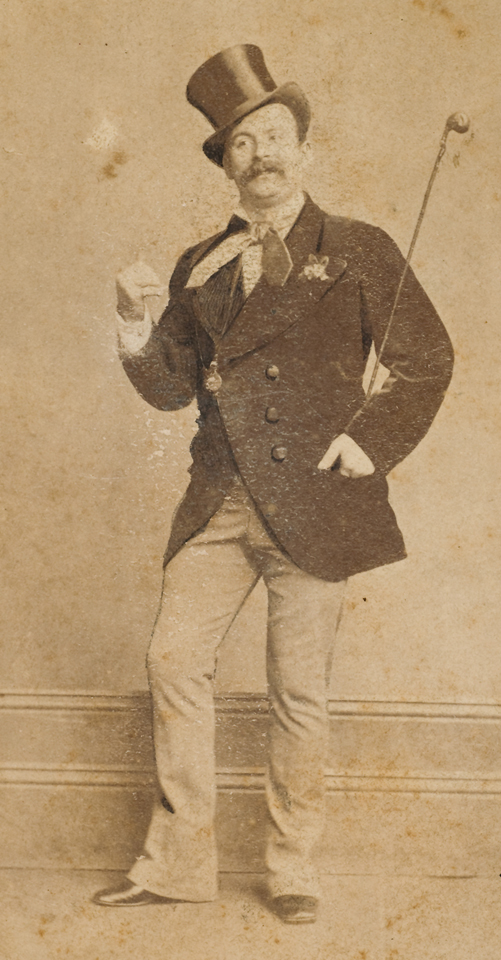The Dictionary of Sydney was archived in 2021.
McKell Park
Citation
Persistent URL for this entry
To cite this entry in text
To cite this entry in a Wikipedia footnote citation
To cite this entry as a Wikipedia External link
McKell Park
On the north-eastern end of Darling Point Road is the harbourside McKell Park which now occupies a portion of James Holt's original land. It occupies the site of Canonbury, which in turn occupied the site of a small cottage, Landsdowne. Only traces of those houses have survived such as a fence, gates and archaeological remnants, which are listed in the Local Heritage Schedule. A text panel onsite provides a summary of the park's history and Canonbury Cottage, the caretaker's home, is used by a variety of local groups.
Landsdowne
Lansdowne was built in 1846 by Charles Bones on three 1841 Lindesay Estate allotments and passed to his widow, who remarried as Mrs Blackenberg. [1] The next owner, Arthur Dight, enlarged [media]the cottage and in 1895 Lansdowne was purchased by the theatre entrepreneur, Harry Rickards, who replaced it in 1904 with his large gothic-style brick residence, Canonbury.
Canonbury
In 1919, Canonbury's then owner the Australian Jockey Club, donated the house for a convalescent home for wounded World War I servicemen, and later their children. It was used as a Naval Hospital during World War II and later as an annex of the Sydney Crown Street Women's Hospital until it was closed and demolished in 1981. In 1983 the management of the property was transferred to Woollahra Municipal Council for use as a public park, which was opened on 17 February, 1985. A limited ferry service uses the park’s old jetty. A 2012 draft development plan included the preservation of the habitat of the fairy penguins who visit the park's shoreline.
Notes
[1] Anne-Maree Whitaker, 'Darling Point: The Mayfair of Australia' (MA Thesis, University of Sydney, 1983), 50, 51
.



